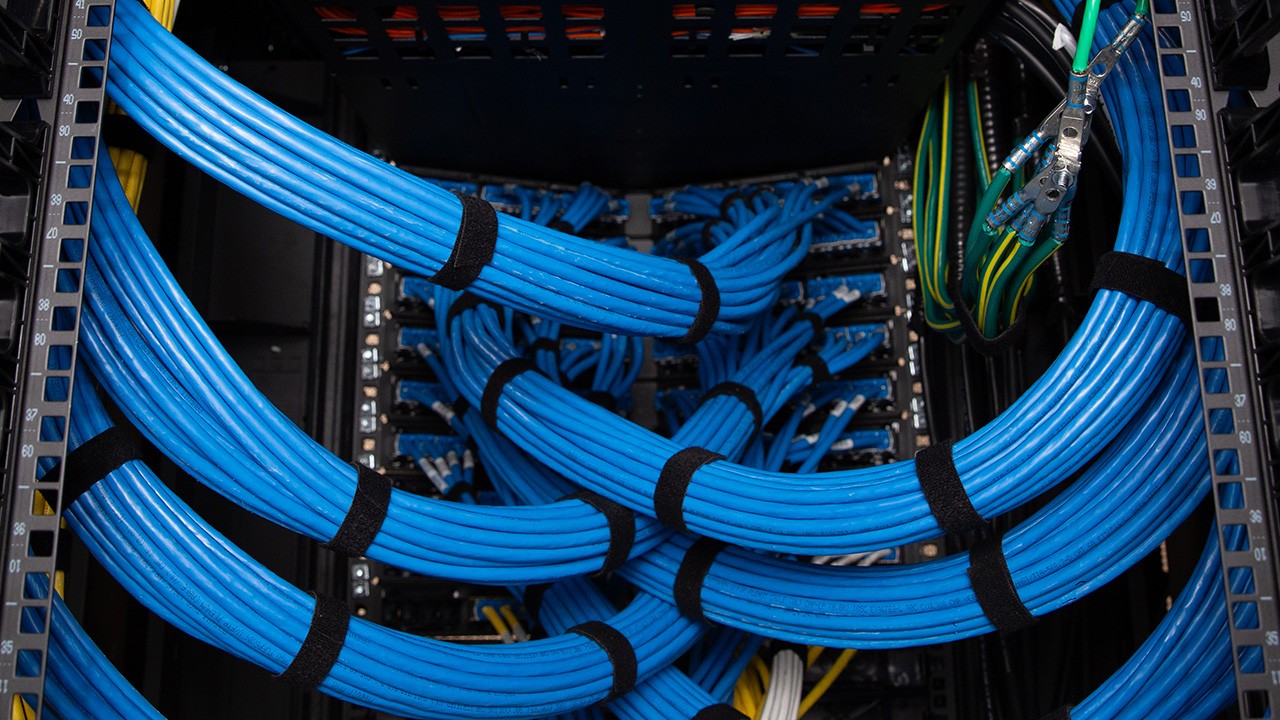As network demands continue to surge and building technology evolves, the cabling infrastructure you choose today will determine your network's capability for years to come. We sat down with Vincent Lullo, our Product Manager Associate for 10 Gig Cabling, to answer the most pressing questions about Category 6A cable and why it's becoming the go-to standard for modern building projects.

Q: We're seeing a lot of buzz about Category 6A cable lately. What's driving this market shift?
A: The numbers speak for themselves. According to BSRIA's latest research, Category 6A now accounts for 41 percent of all copper cable sales – that's a 4 percent jump from just 2023. We're witnessing near double-digit growth globally while legacy cables like Category 5e and 6 are in decline. This isn't just a trend; it's a fundamental market transformation driven by the need for higher bandwidth and the proliferation of power-hungry devices in modern buildings.
The convergence of several factors is accelerating this adoption: access points for Wi-Fi 6 and beyond require 10-gigabit backhaul, an increase in Power over Ethernet (PoE) applications, and the reality that major standards organizations like TIA now recommend Category 6A for new installations across healthcare, education, and data center applications.
Q: How does Wi-Fi evolution impact our cabling decisions?
A: Wi-Fi is the backbone of modern connectivity, with nearly 4 billion Wi-Fi devices shipped in 2024 alone. Here's the critical connection: as Wi-Fi access points become more powerful and capable, they need robust wired infrastructure to deliver that performance to users.
Current Wi-Fi 6 and 6E standards, which dominate today's market, already exceed 1 Gigabit bandwidth capabilities. Wi-Fi 7 is pushing beyond 10 Gbps, and Wi-Fi 8 is already in development focusing on ultra-high reliability. Each generation demands more from the copper cabling that connects these access points to the network backbone.
Category 6A provides the 10GBASE-T performance these advanced Wi-Fi standards require, while also delivering the power needed through PoE. It's not just about today's Wi-Fi – it's about being ready for Wi-Fi 7, 8, and whatever comes next.
Q: Speaking of PoE, how does Category 6A handle power delivery compared to older cable types?
A: This is where Category 6A really shines. With PoE standards now delivering up to 90 watts with PoE++, heat management becomes critical – especially when cables are bundled together in typical enterprise installations.
Category 6A's design advantages are significant: larger conductors provide better thermal dissipation, tighter cable twists reduce electromagnetic interference, and the overall construction maintains 10G performance even under PoE conditions. In real-world testing, Category 6A cables consistently manage heat rise better than Category 5e and 6.
This means you can bundle more Category 6A cables together safely while powering everything from security cameras and LED lighting to digital displays and building automation systems.
Q: What about future-proofing? Are there newer cable categories we should consider instead?
A: This is a great question that comes up frequently. While Category 7, 7A, and 8 cables exist, they haven't gained meaningful market traction. Category 7 and 7A failed to gain traction due to proprietary connectivity requirements, not being standardized by TIA, and without real speed advantages over Category 6A. Category 8 is limited to very short distances – only up to 30 meters – making it impractical for most building applications.
Here's the key point: there are no new copper cabling standards on the horizon offering meaningful performance improvements for 10GBASE-T over 100 meters. Category 6A stands as the highest performing, broadly adopted solution for enterprise environments, and it's built to handle the foreseeable future of network demands.
Q: We're concerned about installation challenges and costs. How does Category 6A compare?
A: Installation concerns were valid with early Category 6A cables, but modern innovations have eliminated most barriers. Today's Category 6A cables, particularly advanced designs like Panduit's Vari-MaTriX, are essentially the same diameter as Category 6 cables – around 0.230 inches for plenum U/UTP versions.
This size similarity is crucial for brownfield environments where you're upgrading existing buildings. You may be able to reuse existing cable trays, pathways, and conduits without major infrastructure modifications. The flexibility and bend radius of modern Category 6A cables also make installation straightforward for your teams.
Yes, there's a slightly higher upfront cost compared to Category 5e or 6, but consider the alternative: the expense and disruption of upgrading cable in an occupied building later. That scenario requires significant labor, building disruption, and rework that far exceeds the initial investment in Category 6A.
Q: For project managers and designers, what's the bottom-line recommendation?
A: The decision is clear: Category 6A is the smart infrastructure choice for any new building or major renovation. You're not just buying cable; you're investing in a platform that will support your building's technology needs for the next decade and beyond.
Standards bodies recommend it, the market has embraced it, and the technology roadmap supports it. Whether you're designing a corporate building, healthcare facility, educational campus, or mixed-use development, Category 6A provides the performance headroom and power delivery capabilities your building will need.
Don't let your cabling infrastructure become the bottleneck that limits your building's potential.
Ready to dive deeper into the technical details and market data behind the Category 6A advantage? We have two options:
- Attend our upcoming Webinar: The Time is Now for Category 6A Copper Cable, October 16, 10 a.m. CDT (Register here)
- Download our comprehensive technology brief "Category 6A: The Time is Now" for detailed specifications, installation guidance, and real-world performance comparisons that will help you make the most informed decision for your next project
For technical questions about Category 6A implementation in your specific project, contact your Panduit representative, or our cable team, who can provide customized recommendations based on your building requirements and applications.



